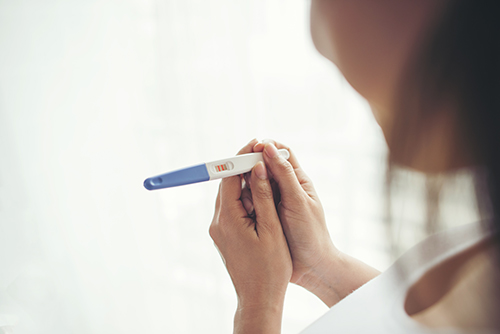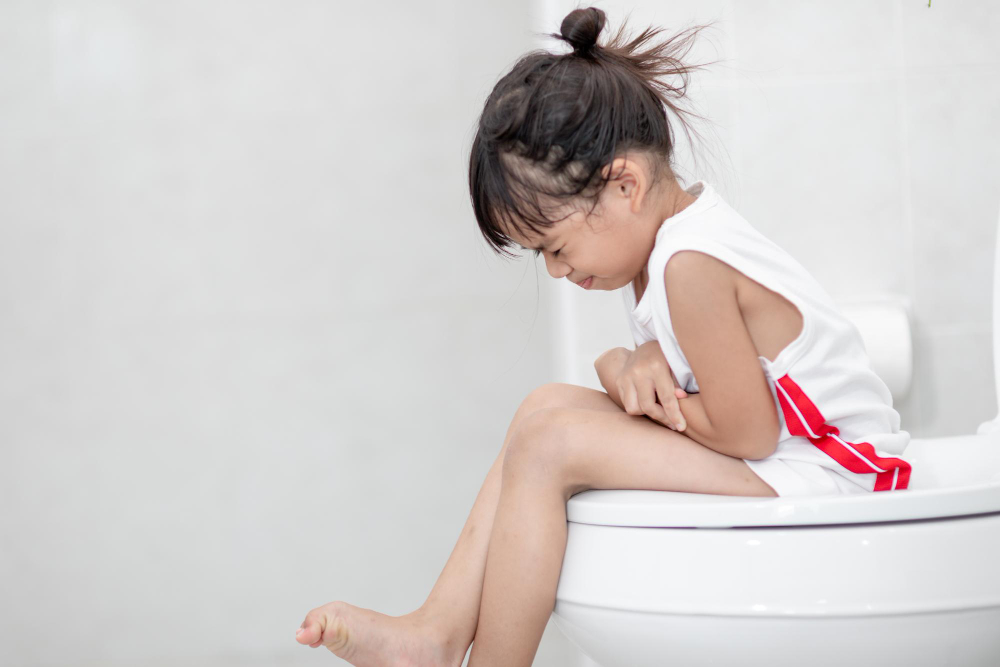Taking care of a newborn's skin is easy. Not all new mothers are familiar with diaper rash, despite the fact that we often hear about it. As the term "better to prevent than to cure" suggests, it's good for parents to know the tips to prevent diaper rash in newborns rather than experiencing it and ending up in a hassle.
Diaper rash is an irritation of the baby's skin that is covered or occurs around the diaper as a reaction to the baby's urine or feces. Diaper rash usually appears on the buttocks, thighs, groin folds and abdomen. Signs of diaper rash in your little one can be seen from patches on the skin to reddish spots.
Moms and dads can be aware of diaper rash in babies from birth to the first two years. According to IDAI data, 7-35% of babies aged 9-12 months experience diaper rash. Although diaper rash is the most common skin problem in babies, moms and dads can prevent it by recognizing what causes diaper rash.
Most Common Causes of Diaper Rash
There are actually many factors that cause your little one to get diaper rash. Starting from things that are often underestimated by parents, namely rarely changing their little one's diaper. Diapers that are rarely changed have the potential to become a breeding ground for bacteria and germs, especially if they are in contact with the skin for too long, which can cause irritation and diaper rash. Newborn skin is still delicate and soft so it is vulnerable to skin problems if exposed to dirt from diapers.
Tips to Prevent Diaper Rash in Babies
Here are some tips to prevent diaper rash in newborns:
Change Diapers Regularly
Make sure to change your baby's diaper every few hours or as soon as it gets wet or dirty. Diapers that are left wet or soiled for too long can cause irritation and rashes on baby's skin.
Clean Gently
When changing diapers, gently clean the diaper area with warm water and alcohol- and perfume-free cotton pads or wipes. Avoid rubbing the baby's skin too hard to avoid friction on the little one's skin.
Let the Skin Dry
After cleaning, let the baby's skin dry completely before putting on a new diaper. You can either pat the skin gently with a clean towel or let the air dry it for a few minutes.
Use a Protective Cream
Apply a thin layer of protective cream or ointment containing zinc oxide or petroleum jelly after every diaper change. These creams can help protect baby's skin from irritation due to moisture.
Choose the Right Diaper
Use diapers that are highly absorbent and made of soft materials. Thin and comfortable diapers, such as those with SAP Thin Core technology, can help keep baby's skin dry and prevent rashes.
Avoid Too-Tight Diapers
Make sure the diaper is not too tight. Diapers that are too tight can cause friction and irritation to the baby's skin. Choose a diaper size that matches the baby's weight.
Allow Time Without Diapers
Occasionally, let your baby go without diapers to give his skin a chance to breathe and reduce moisture that can cause rashes.
Pay Attention to Breastfeeding Mom's Food
If your baby is breastfeeding, pay attention to the food consumed. Some foods can cause irritation to the baby's skin through breast milk. Consult a doctor if you suspect a link between diaper rash and food consumed.
Hand Wash
Always wash your hands before and after changing diapers to prevent the spread of bacteria and infection.
If the diaper rash does not improve after a few days of home care or appears to be getting worse, consult a pediatrician immediately for proper treatment. That's the mundah way to prevent diaper rash in newborns that all moms and dads must know! (Aq / MKK)












Komen
250